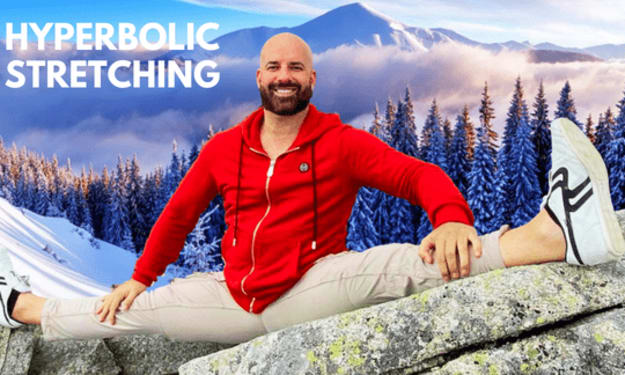The Problem with Superficial Training: Why Strengthening Deep Muscles is Essential for Peak Athletic Performance
Gain Optimal Strength and Mobility for Peak Performance by training Stabilisers

Every athlete wants to perform at the highest level and reach the pinnacle of their game. Training the superficial muscles is one important factor in helping to achieve just that, but there is a deeper layer of muscles which must also be taken into consideration. Personal trainers, coaches, and athletes all too often overlook the crucial benefits of strengthening deep muscles for improved performance and stability.
When you train the deep muscles there are a number of benefits that can be derived from such an approach. Stabilising muscles will provide a key link between movements, ensuring more efficient and effective motion. Furthermore, these muscles provide a more solid foundation when executing complex movements, thus reducing the risk of injury. Finally, deep muscle strengthening helps build a solid core, providing balance and endurance in a variety of athletic activities.
In order to optimise performance, it is important to incorporate exercises that target deep muscle stabilisation into the training program. These exercises shouldn’t replace the traditional mainstream movements such as squats or bench press, but should be used in addition to them. When deciding on which exercises to include, it is important to consider muscle groups and exercises that are used to maintain posture and stability. Examples of such exercises include planks, bridges, clamshells, Pallof presses, and birddogs.
Not only is it important to incorporate stabilising exercises, but it is also important to look at how these exercises are performed. Many Personal Trainers simply rely on weight and reps when it comes to these exercises, when in reality it is more important to focus on the quality of movement being produced. For instance, if a plank exercise is being performed, it is important that the participant maintains a neutral lumbar spine position and does not let the hips hike up beyond the shoulder line.
Overall, when it comes to optimising athletic performance, it is important to incorporate more stabilising exercises into an athlete’s program. Doing so will help strengthen deep muscles, providing a more solid foundation on which effective, efficient and safe movements can be executed.
Furthermore, it is important to note that it isn’t just the types of exercises being performed, but also the quality of movement that is important. Therefore, regardless of your athletic pursuit, make sure to include stabilising exercises into your program to reach peak performance.
These are the main stabilisers of the body:
Shoulder stabilisers are:
* Rotator cuff (subscapularIs, infraspinastus, Teres minor, Supraspinatus)
* and Lower Trapezius.
Hip stabilisers are:
* Gluteus Medius,
* Gluteus Maximus,
* Quadratus Lumborum, and
* Adductor Magnus
Back stabilisers are
* multifidus,
* erectorspinae,
* transverses abdominis,
* internal and external obliques, and
* diaphragm.
Ankle and Foot stabilisers are:
* tibialis anterior,
* peroneus longus and brevis,
* fibularis longus,
* extensor digitorum longus,
* flexor digitorum longus, and
* abductor hallucis.
Knee stabilisers are:
* quadriceps (rectus femoris, vastus medialis, vastus lateralis and vastus intermedius),
* hamstrings (semitendinosus, semimembranosus and the biceps femoris muscles)
* gluteus medius,
* gluteus minimus,and
* adductors (gracilis, pectineus, adductor longus, adductor magnus and the adductor brevis).
In conclusion, personal trainers, coaches and athletes need to remember to focus on working both the superficial and the stabilizing muscles. Without their combined effort, athletes risk inefficient movement patterns and potential injuries. By targeting both areas appropriately, trainers and coaches can create a better and more effective training programme that will benefit the athlete.






Comments
Kim Neilson is not accepting comments at the moment
Want to show your support? Send them a one-off tip.